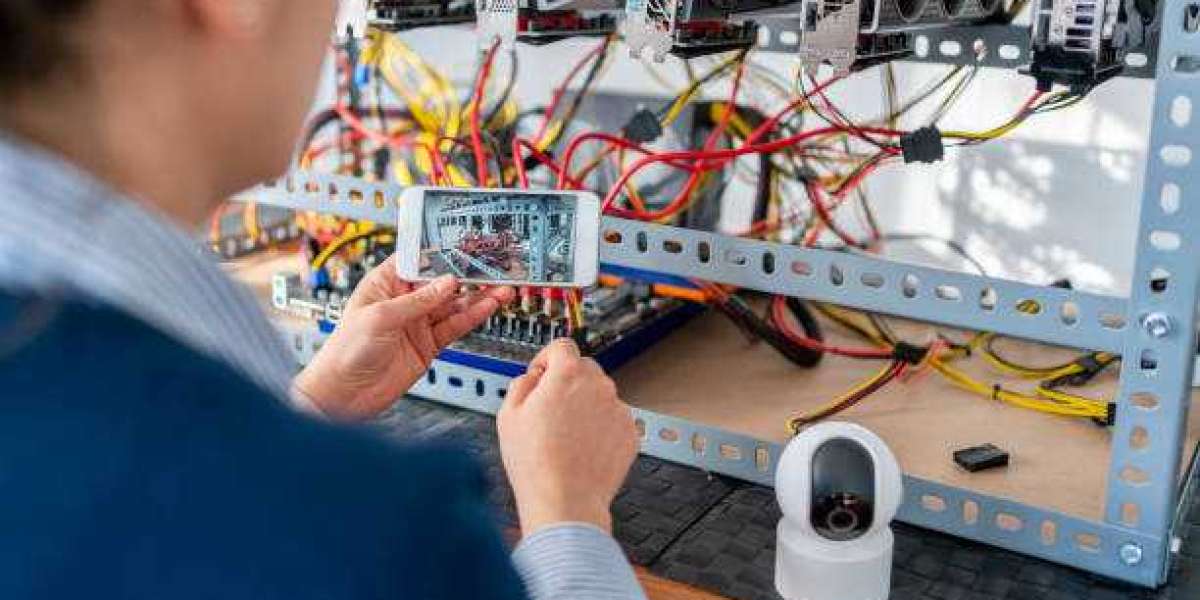Introduction
Laser treatments have completely changed the way we approach skincare. From removing acne scars to evening out skin tone, they offer promising solutions to many skin issues. However, when it comes to Asian skin, extra caution and expertise are crucial. Choosing the wrong laser treatment can cause more harm than good, leading to pigmentation issues, burns, or scarring. That's why understanding your skin type and picking the right approach is absolutely vital.
Understanding Asian Skin
Asian Skin Laser Treatment is unique. It tends to have more melanin compared to Caucasian skin, meaning it’s more prone to hyperpigmentation and dark spots if irritated. It also reacts differently to heat and light. While the skin might appear tough, it's actually quite sensitive in many ways. Melanin provides some natural sun protection but makes laser treatments more challenging. Without the right laser type or setting, the treatment can trigger unwanted pigmentation or even worsen the original problem.
Knowing these characteristics is the first step toward safer and more effective skin improvement.
Why Choosing the Right Laser Matters
Not all lasers are created equal, especially when it comes to treating Asian skin. Some lasers are simply too aggressive and can leave behind burns, dark spots, or hypopigmentation. The right laser operates at a wavelength and intensity that's gentle enough to avoid trauma but strong enough to deliver results.
Moreover, different skin concerns demand different laser technologies. Using a laser that isn’t suited to your skin type can turn a small issue into a major one. Whether it's treating acne scars, melasma, or wrinkles, the choice of laser is everything when your skin carries a higher risk of pigmentation changes.
Common Laser Treatments for Asian Skin
There are a handful of laser technologies known to work better with Asian skin tones. Nd:YAG lasers, for example, are often recommended because they can bypass the melanin in the skin’s surface and target deeper layers without causing as much damage. PicoSure lasers are another good option, especially for treating pigmentation or tattoo removal.
Fractional lasers, which target microscopic areas of the skin instead of the entire surface, are sometimes used carefully for resurfacing. These create less overall trauma, lowering the risk of pigmentation problems. However, it's important to remember that even the safest lasers can cause side effects if not handled properly.
Factors to Consider Before Choosing a Laser Treatment
Before jumping into any laser procedure, it's important to think carefully about several factors. Skin type classification, usually using the Fitzpatrick scale, helps determine how your skin will likely respond to laser treatment. Asian skin often falls into the III to V range on this scale, meaning a high risk of hyperpigmentation must be considered.
You should also think about your specific skin concern. Are you looking to get rid of sunspots, treat acne scars, or tighten your skin? Different concerns require different laser types and approaches. It's also important to factor in your current skin condition, including any ongoing inflammation, active acne, or infections that could complicate healing.
Another critical factor is the laser technician's experience. A skilled professional who understands Asian skin is crucial. Experience matters more than anything when it comes to avoiding complications and achieving beautiful results.
Consulting a Qualified Dermatologist
Choosing the right dermatologist is one of the most important steps you can take. A good dermatologist will not only assess your skin type and problem areas but also guide you toward the best and safest treatment plan. They should have a deep understanding of how different lasers interact with melanin-rich skin.
During your consultation, ask specific questions about their experience with Asian skin and the types of lasers they use. A confident and knowledgeable provider will be happy to explain their process, expected outcomes, and potential risks. Don’t rush this step. If you don’t feel fully comfortable or heard, it’s okay to seek a second opinion.
Also, be wary of clinics offering steep discounts or miracle cures. In laser treatment, expertise and proper care are far more important than a low price tag.
Preparing for Your Laser Treatment
Preparation can make a huge difference in how your skin responds to laser treatment. Your dermatologist will likely advise you to avoid sun exposure for several weeks before the procedure, as tanned or sunburned skin is more susceptible to damage.
You might also be asked to stop using certain skincare products, such as retinoids or acids, which can make your skin more sensitive. Hydrating your skin properly and keeping it healthy before the session can improve recovery time and results.
Mentally preparing yourself is important too. While laser treatments are generally quick and relatively painless, depending on your pain tolerance, you might feel some discomfort during or after the procedure. Knowing what to expect helps you stay calm and relaxed throughout the process.
What to Expect After the Procedure
Right after your laser session, your skin may appear red, swollen, or feel a little tender — like a mild sunburn. This is completely normal and usually subsides within a few days. Following your aftercare instructions is crucial for healing and minimizing risks.
You’ll likely be told to avoid sun exposure strictly for a few weeks and to wear high-SPF sunscreen daily. Keeping the treated area clean and moisturized will promote faster healing. Your dermatologist might also prescribe specific creams to soothe irritation or prevent pigmentation changes.
Patience is key. Laser treatments often require multiple sessions, and full results can take weeks or even months to fully reveal themselves. Rushing the process or skipping aftercare can undo all the good work, so it's important to stick to your dermatologist's plan.
Also, stay realistic about your expectations. Laser treatments can do wonders, but they are not magic. Improvement is often gradual, and sometimes a combination of treatments is needed for the best outcome.
Final Thoughts
Choosing the right laser treatment for Asian skin is not something to be taken lightly. It’s a decision that requires careful thought, proper research, and trust in a skilled dermatologist. Understanding your skin’s unique traits, being aware of the risks, and preparing properly can make a huge difference in your journey toward healthier, more radiant skin.
At the end of the day, your skin is your lifelong companion. Treating it with respect, patience, and the right expertise will not only help you achieve the beauty results you want but will also protect you from potential damage. Investing time in choosing the right laser treatment is truly an investment in yourself.







